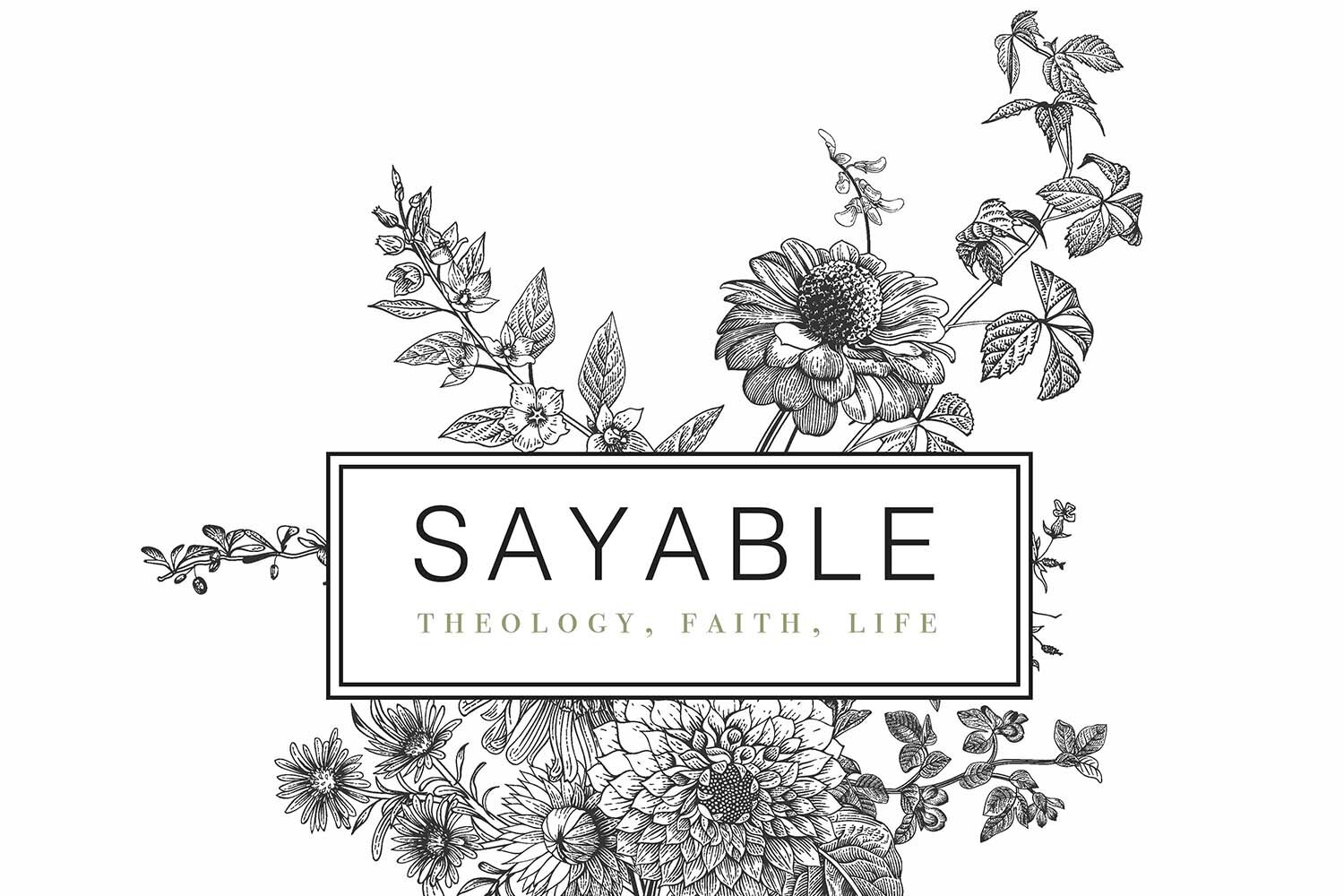Being of One Mind as Ten Thousand Minds
Last week I wrote 3000 words on what being pro-life from womb to tomb means to me and, more importantly, my story from being a one-issue voter to being a voter who tries to consider the full gamut of issues of life. That evening Nate and I watched a film called One Night in Miami and one line stuck out to me: “You will never be loved by the folks you’re trying to win over.”
You can understand that quote in many different ways, but what stuck to my gut was, “I’ve got to stop spinning my wheels trying to win over folks to seeing things from another perspective.”
By nature we surround ourselves by confirmation bias and build echo-chambers through the social media we ingest, the news sources we believe, the churches we attend, the cities we live in, etc.. We cannot avoid drifting toward information, theology, and relationships that confirm our biases. This is human nature and to deny we do it, in any form, betrays a lack of self-awareness that will continue to cripple our country, churches, and our own character. We have to actively fight against our best and worst impulses, and intentionally choose to listen to others who disagree with us.
Yesterday I had a consultation with someone about our land. We do not have much land, but what we have, we want to care for and cultivate. In her initial query to me about the land I said I preferred a wild look, somewhat rambling gardens, nothing too pristine or perfect. But when we spoke she said because our home is all right angles and straight lines, yet our view is very wild—the river, the woods, the wildlife—we need to figure out a way to harmonize the two. Her words were, “We need to create harmony by increasing dissonance.” And then she described her ideas for our land, all of which I loved and can’t wait to begin the long work toward it all.
Creating harmony by increasing dissonance is a common idea in any art form, whether music, painting, writing, and gardening. And it makes everything better, more compelling, full, robust, and complex. It is the pairing of the beautiful alongside the uncomfortable, the sweet alongside the sour. Think of your favorite wine or favorite candle scent, there are notes of woods and flowers and fruits and locations, all very different but somehow working together to create harmony.
Recently, I’ve been trying to understand what Paul meant in Philippians when he spoke of his joy being full when they were of “one mind.” What does it mean to be of one mind in Christ when we are tens of thousands minds and hearts and bodies and spirits, all with different experiences, stories, cultures, and understandings of Scripture? Of course there is absolute truth, but who on earth is the final arbiter of that truth and who made them the final arbiter of it?
I return to the creeds often in the past few years, not just because we recite them every week in church, but because it reminds me of what has lasted through the centuries. I have to believe that if something has remained that long there must be some truth to it. But then heresies have lasted just as long too.
I’m not trying to communicate that all truth is relative because I don’t believe it is. I do believe that all truth is complicated though, and unless we acknowledge its dissonance (or lack of harmony), we will struggle to find where the harmony is within it. We have to admit our biases. We have to confess our prejudices and stories and histories and genealogies and theologies and every little thing that makes us us, is also subject to inspection. Not once. Not twice. But again and again and again, from faith to faith, glory to glory, until we’re face to face with Christ.
This is uncomfortable work because it means submitting to uncomfortable realities, realities that press on our freedoms and personal preferences. It means cultivating charitableness as we learn about the other side instead of only ingesting news and information from our side. It means practicing curiosity as a discipline and not as anathema. It means saying, right out loud, I am imperfect and not yet finished and I have miles to go before I understand as well as I need to. It means valuing facts as just as important as feelings because feelings are facts too. Sadness matters, grief matters, joy matters—and it’s all there for a reason. Emotions are a signpost to something God wants to show us or heal in us or reconcile with him or simply use to display his glory.
I decided against posting those 3000 words on my story of being pro-life from womb to tomb because I think, in my heart, I just wanted to win over some people who’ve written me off. But that’s not the work I’m called to do. Not ultimately.
My work, and yours, is to be of one mind in Christ. To recognize the dissonance that exists in a world not yet healed by its King, but to live with one another in peaceable harmony—playing different notes, holding different beliefs about how he is healing our world or different expressions of his healing work in our world, but all playing the same hymn: “In Christ alone, my hope is found. He is my light, my strength, my song.”



